Last Updated on January 22, 2023
In D&D, Artisan’s Tools are entirely what you make of them. For example, many players write “Alchemist’s Supplies” in the Proficiencies box of their character sheet during character creation.
They are one of the artisan’s tools, but they never even acquire an actual set of Alchemist’s Supplies.
If you engage with the systems they represent though, these tools can add a new dimension to your character. They can also give you a ton of awesome mechanical bonuses, in and out of combat.
What are Artisan’s Tools?
Artisan’s Tools are predefined sets of items that relate to a player character’s profession as an artisan craftsperson. There are seventeen of these tool sets, ranging from Smith’s Tools to Calligrapher’s Supplies.
- Alchemist’s Supplies
- Brewer’s Supplies
- Calligrapher’s Supplies
- Carpenter’s Tools
- Cartographer’s Tools
- Cobbler’s Tools
- Cook’s Utensils
- Glassblower’s Tools
- Jeweler’s Tools
- Leatherworker’s Tools
- Mason’s Tools
- Painter’s Tools
- Potter’s Tools
- Smith’s Tools
- Tinker’s Tools
- Weaver’s Tools
- Woodcarver’s Tools
Not all tools are Artisan’s Tools! There are many tool sets that don’t count as Artisan’s Tools.
Non-Artisan Tools
- Forgery Kit
- Disguise kit
- Herbalism Kit
- Navigator’s Tools
- Poisoner’s Kit
- Thieves’ Tools
- Musical Instruments
- Gaming Sets
- Vehicles
Some of these tools do relate to specific professions but they don’t allow you to pursue a career as an artisan so they’re not considered Artisan’s Tools.
What can you use Artisan’s Tools for?
Far too much to cover in this article but we’ll do our best! You can use Artisan’s Tools to craft a huge array of things, including both mundane and magical items.
Each kind of Artisan’s Tools also has a ton of unique rules and features that offer guidelines for how they can be used outside of downtime.
Crafting Mundane Items
To craft a mundane item with Artisan’s Tools, you need to have:
- The relevant tool proficiency or proficiencies. If multiple kinds of tools are required, you can collaborate on the project with your fellow party members.
- Access to all the tools you’ll need. In some cases, this is just the tool set itself. In other cases though, other tools may be required. For example, if you want to smith a sword or a piece of armor, you’ll probably need access to a forge.
- The raw materials. These must be worth half the gold cost of the item you’re trying to make.
- Time. The amount of time required is a number of workweeks equal to a fiftieth of the gold value of the item you’re trying to create.
To give an example of how this works, if a player wants to create a suit of half-plate armor, then they first need proficiency in Smith’s Tools and access to a forge. A suit of half-plate is worth 750 gold pieces so it will require 375 gold pieces worth of raw materials and 15 workweeks to complete.
This might sound like a long time but, in campaigns that include long periods of downtime, crafting can be a great way to save gold and acquire items that local merchants might not stock.
You can also craft mundane items for profit, although this might be insignificant compared to the spoils of dungeon-delving.
Some great mundane items to craft:
- Non-magical weapons. At low levels, crafting can be a great way of acquiring specific weapons that merchants might not have.
- Any supplies. Particularly consumable ones, that cost less than three gold pieces. These items can be crafted quickly enough that you’re likely to be able to craft many of them during a long rest. With many of these cheaper items, you may also be able to forage for the required materials if you’re outside of town.
- Vehicles. Many vehicles can be produced using Carpenter’s Tools. Wagons, sleds, and rowboats can all be produced in under a week and massively expand your party’s ability to explore the word. If you stumble upon a sizeable horde in a dungeon then it may be useful to build a wagon at the dungeon’s entrance and use it to transport large quantities of treasure to somewhere it can be sold or stored.
Crafting Magical Items
Crafting a magical item with Artisan’s Tools has all the same requirements as crafting a mundane item, with a few extra steps. To craft a magic item, you also need:
A recipe for the specific magic item
This could come from anywhere. The recipe for a magic item of Legendary quality is likely to be a reward for completing a dungeon while you might get lucky searching the local library for recipes to create Common or Uncommon magic items.
This recipe might have all kinds of mystical stipulations for how the item must be made. Your anvil might need to face southeast. A cleric of Mielikki might need to play the pan flute during the entire crafting process. Invariably though, the recipe will require:
An exotic ingredient
This is something you can’t just buy in town. You’ve got to go adventuring for it. The difficulty of the adventure, and the challenge rating of the creatures you encounter, should scale with the rarity of the magic item you’re creating.
The adventure should also match the magic item thematically in some way.
| Magic item rarity | CR of encounter for exotic ingredient | Cost of raw materials | Time required to craft the item |
| Common | 1-3 | 50 gp | 1 workweek |
| Uncommon | 4-8 | 200 gp | 2 workweeks |
| Rare | 9-12 | 2,000 gp | 10 workweeks |
| Very Rare | 13-18 | 20,000 gp | 25 workweeks |
| Legendary | 19+ | 100,000 gp | 50 workweeks |
Notably, consumable items like potions and scrolls only require half the investment of raw materials and time to craft.
Unique and Specific Uses
In addition to these universal rules for crafting, each set of Artisan’s Tools has its own set of unique uses. Xanathar’s Guide to Everything provides a few uses for each but you shouldn’t let this limit your creativity – there are limitless ways you can utilize your tool proficiency.
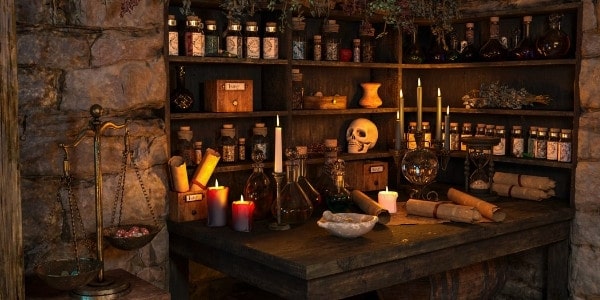
Alchemist’s Supplies
Alchemist’s Supplies have a unique crafting system called Alchemical Crafting, which you can use during long rests to craft a range of different items. They can also be used to identify substances, start fires, and neutralize acid.
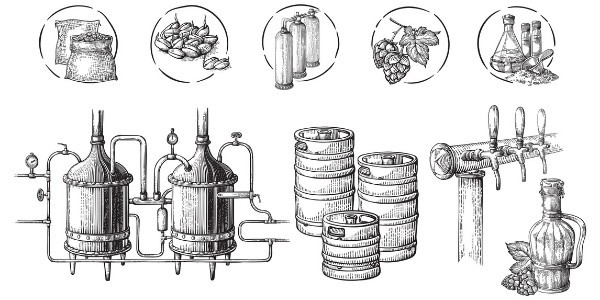
Brewer’s Supplies
Brewer’s Supplies allow you to purify water, identify poison in a drink, or use alcohol to mellow the mood of an NPC.

Calligrapher Supplies
Calligrapher’s Supplies allow you to create and spot forgeries, identify the writer of a piece of text and decipher the hidden messages in a historical text or map.
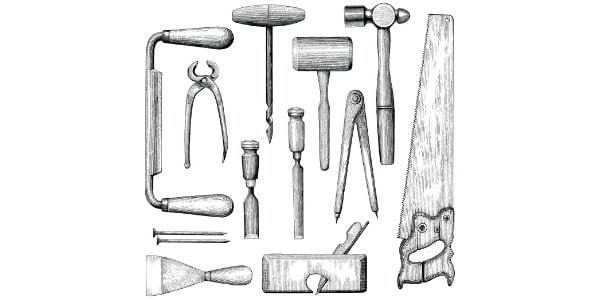
Carpenter’s Tools
Carpenter’s tools give you insights about wooden buildings and structures. You can spot trapdoors and other irregularities in wooden floor and you can move stealthily across creaky wooden floorboards. You can also construct temporary wooden shelters for your party.

Cartographer’s Tools
Cartographer’s Tools allow you to create a map while traveling. They also give you an understanding of geography and its patterns which allows you to make more educated guesses regarding where geographical features or human settlements might be located.

Cobbler’s Tools
Cobbler’s Tools allow you to garner information about a person by examining their shoes. Cobblers allow their party to walk further each day by keeping their shoes well maintained and craft small hidden compartments in shoes.

Cook’s Utensils
Cook’s Utensils grant you insight into cultural eating habits which can prove a useful diplomatic tool. Cooks also allow their party to gain back additional health during short rests by cooking such delicious food.
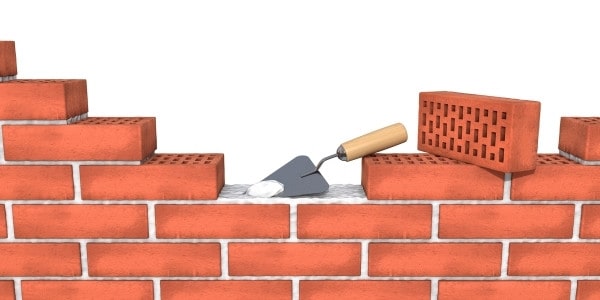
Mason’s Tools
Mason’s Tools allow you to spot weaknesses in brick walls and more effectively deal damage to them.
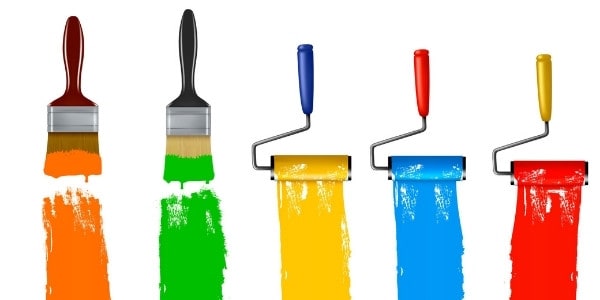
Painter’s Tools
Painter’s Tools can be used to create portraits and paintings with hidden messages.

Smith’s Tools
Smith’s Tools can be used to sharpen blades and repair metal objects if you have access to a hot enough flame.

Tinker’s Tools
Tinker’s Tools allow you to repair or improvise devices.
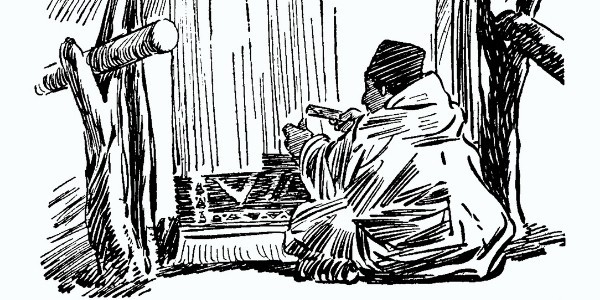
Weaver’s Tools
Weaver’s Tools can be used to repair fabric and clothing.

Woodcarver’s Tools
Woodcarver’s Tools allow you to craft arrows and craft wooden figures and patterns.

Jeweler’s Tools
Jeweler’s Tools also have limited example uses in Xanathar’s Guide to Everything. Jeweler’s Tools give you insight into gems specifically though, which is immensely valuable.
When sorting through the gems in a dragon’s horde, a jeweler can identify which gem is worth 50gp and which is worth 5,000gp. That’s critical when you have limited carrying capacity.
Other Tools
Glassblower’s Tools, Leatherworking Tools, and Potter’s Tools allow you to gain greater insight when investigating specific kinds of objects. Xanather’s Guide to Everything doesn’t provide many examples for these tools’ adventuring uses but more creative players might view this as an exciting challenge.
How to Become Proficient in Artisan’s Tools
The most common way to gain proficiency with Artisan’s Tools is in character creation. Various race, class, and background choices will grant you proficiency with a set of Artisan’s Tools.
Dwarves and Rock Gnomes notably gain proficiencies in Artisan’s Tools. Dwarves can choose between Smith’s Tools, Brewer’s Supplies, and Mason’s Tools. Rock Gnomes gain proficiency in Tinker’s Tools.
Several backgrounds grant proficiencies with Artisan’s Tools, including Guild Artisan, Shipwright, and Folk Hero. For most characters, their background is where they’re most likely to gain one of these proficiencies.
If you can’t find a background that both fits your backstory and offers the tool proficiencies you want, page 125 of the Player’s Handbook has rules for creating custom backgrounds.
You can use this to gain proficiency in two tool sets of your choice, something that no preset background includes, so it may be a good option if you’re planning to build your character around crafting and tool proficiencies.
The Artificer class is the absolute king of Artisan’s Tools proficiencies. Artificers gain proficiency in Tinker’s Tools and another set of your choice at level one. Then, when you specialize into a subclass at level three, you gain a further set that corresponds to whichever subclass you chose.
If you want to gain proficiency with a new set of Artisan’s Tools after character creation, that’s also possible. Xanathar’s Guide to Everything contains rules for training tool proficiencies during periods of downtime.
Training proficiency in a new tool set requires access to an instructor, takes a number of workweeks equal to ten minus your character’s Intelligence modifier, and costs 25 gold pieces per workweek.
Artisan’s Tools as a Roleplay Tool
Artisan’s Tools can be a great tool to add flavor to your character. If your character is proficient in Cook’s Utensil’s then you’ll naturally end up cooking for the party during short and long rests.
This gives your character a unique role in the party and can help to characterize the atmosphere of your campsites.
Meanwhile, proficiency in Mason’s Tools or Carpenter’s Tools allows your character to gain insights about the architecture of the buildings and dungeons you visit. That’s mechanically advantageous but it also helps to characterize your character as having expertise in those areas and a history with a specific craft.
You can also use a character’s career as an artisan to inform their combat style. The character Broken Sword from the Wuxia film Hero is a talented calligrapher.
Broken Sword draws on his calligraphy to inform his skill as a swordsman and Nameless, the film’s protagonist, even studies Broken Sword’s calligraphy in preparation for fighting him.
This character premise, a fighter whose swordsmanship is inspired by their skill as a calligrapher, is something that can be recreated in D&D with tool proficiencies and allows you to create a new understanding of what it means to play a particular class.
Playing against type, as with a calligrapher-fighter, can lead to some fantastic results.
A sorcerer with Smith’s Tools proficiency might have strength and physicality in their spell-casting that you wouldn’t usually expect from a cloth-wearing charisma-caster.
A barbarian with proficiency in Cartographer’s Tools might have a methodical precision in their furious axe-blows.
Rich is an avid D&D player and DM. He has been playing since the Advanced Dungeons & Dragons 1st and 2nd editions. He has run campaigns of various editions with family and friends for over 20 years. Playing DnD 5th Edition in person at local game stores and online with VTT’s over the past 10 years has provided a consistent connection to how the game has grown. He strongly believes in understanding the source material, but catering the games to your individual players. Feel free to ask anything in the comments or drop him an email: [email protected].
